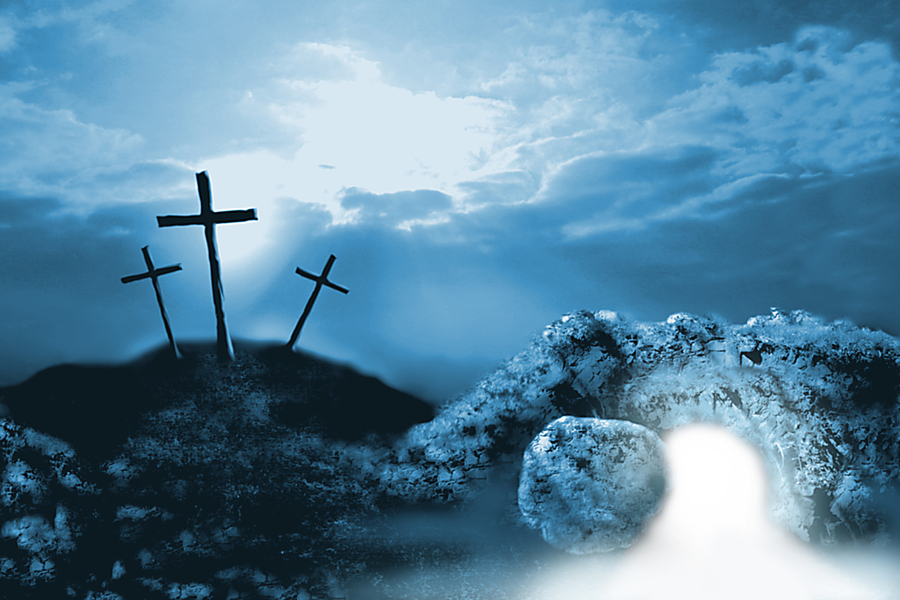From 2015:
The writer in me marvels at the richness of the story of Jesus’ death and resurrection. By this I mean the number of people involved and the realities they bring to help us understand the events. The Easter story contains more than the Easter truths of death and resurrection. It also contains snippets of what happened in the lives of various individuals at that time. In their stories and characters, we can see our own reality.
The main character is obviously Jesus. This is His story and the fulfillment of the larger narrative that began in the Garden of Eden. The reality of His torture, death, and resurrection is the reality of our new life in Jesus Christ. Those basic events mean everything. As Paul observed, “But if there is no resurrection of the dead, not even Christ has been raised; and if Christ has not been raised, then our preaching is vain, your faith also is vain.” (1 Corinthians 15:13–14, NASB95) Also, woven into the story of Christ’s passion is His interaction with others and their reactions.
Let’s briefly review the various interactions Jesus experienced. The disciples react as a group, all but John abandons Jesus after His arrest. John follows Jesus from a distance through the stages of His trial and stands by Mary during His execution. Peter denies He followed Jesus and is heartbroken. For money or power, Judas betrays Jesus into the hands of the Jewish Council for trial. In remorse, he commits suicide. The Jewish Council, Herod, and Pilate judge Jesus with varying standards. The Jewish Council judges Jesus on matters of religion according to their standard. Herod judges Jesus on matters of power; challenging Jesus to perform a miracle. Pilate judges Jesus on matters of convenience; finding Jesus innocent but condemns Him to maintain peace. Barabbas, the first person directly impacted by Jesus’ sacrifice, is released from his own death sentence. The scene at the cross is chaos. The rantings and cries of the two thieves executed with Jesus fill the air with despair. The continued accusations and mockery of the religious leaders spout evil’s triumph. The brutality of the Roman executors displays the worst of all that is human. The wails and tears of Mary and others are heart-wrenching as they witness His death struggles. But even in the chaos, there is a victory in the repentance of one of the thieves and the sudden insight of the Roman centurion that Jesus was the Son of God. Nicodemus and Joseph of Arimathea, two followers of Jesus in secret, come forward to care for Jesus’ body and secure it in a tomb.
After Jesus’ resurrection, the interactions continue. Mary Magdalene encounters Jesus but doesn’t recognize Him at first. She and the other women are the first witnesses. Peter and John run to the empty tomb to verify the report. The Roman soldiers charged with guarding the tomb cook up a lie with the Jewish leaders as to why the tomb is empty. Thomas doubts the story in a burst of logic until Jesus counters His logic with the truth. Peter is specifically restored during a seaside appearance of Jesus. Two unnamed disciples encounter Jesus on their way and only recognize Him when He blesses their meal.
Those are the Easter realities. Somewhere in their stories is your reality; your personal interaction with Jesus. But here’s the amazing part, our reality can change. We can start like Herod and Pilate, judging Jesus according to our own standards until we experience something eye-opening that changes everything. So, what is your Easter reality? Who do you identify within this large list of individuals and groups that encountered Jesus? What’s my Easter Reality? Fair question. Well, my Easter reality is Barabbas, an undeserving recipient of Jesus’ sacrifice. What’s yours?
- Mark: Consider the Sower - May 28, 2025
- Mark – Family Matters - May 26, 2025
- Mark: A House Divided - May 22, 2025




